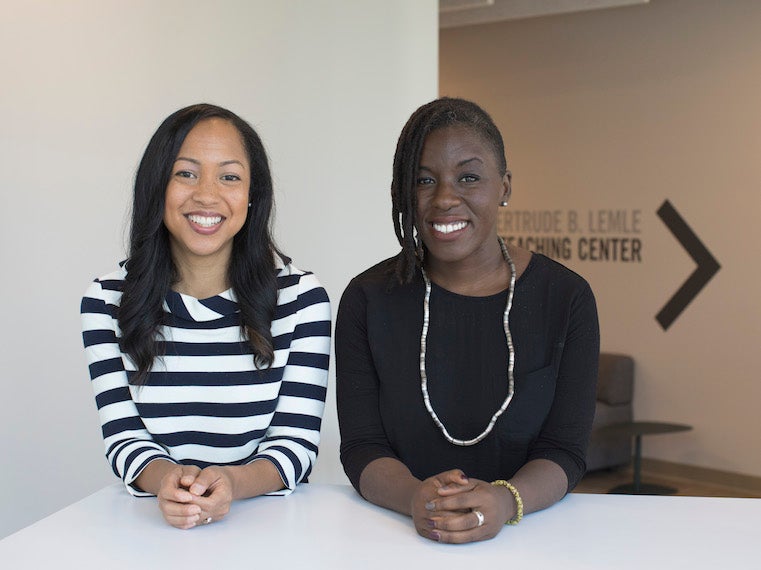Oberlin Center for Convergence (StudiOC)
The Student as Artist and Intellectual: Gleaning from the Legacy of Shirley Graham DuBois
Engaging with the work of renowned composer and intellectual Shirley Graham DuBois, students will learn to integrate their artistic and intellectual passions. They’ll also explore how to bring the riches of academia to the public.

The Student as Artist and Intellectual
Offered fall 2019
The Student as Artist and Intellectual is inspired by Oberlin alumna Shirley Graham DuBois and her engagement with history, art, theater performance, philosophy, and the archive. The community is designed around experiential learning methods to engage the student as artists and intellectuals in their own right. Each course will involve projects that will culminate in the design of their own intellectual and artistic dossiers inspired by the life and work of DuBois.
Am I a writer? Am I an artist or composer? These are questions that students often ask themselves as they discover their passions and map their aspirations onto their courses and majors.
Renowned composer and intellectual Shirley Graham DuBois arrived on Oberlin’s campus in 1831 with those same questions. As a student at Oberlin, she composed and directed TomTom, the first opera written and staged by an African American woman. The debut of TomTom drew an audience of over 25,000. She went on to author seven plays, 10 biographies, two novels, and served as the founding director of Ghana Broadcasting Corporation.
The Student as Artist and Intellectual invites students (composers, historians, dancers, writers, artists, and playwrights, etc.) to reflect on her legacy to explore the ways that innovation can begin at Oberlin.
HIST 221 and ETHN 216 are both required for enrollment in this learning community.
Course instructors for this learning community are Assistant Professor of History and Comparative American Studies Tamika Nunley and Visiting Assistant Professor of Ethnomusicology Fredara Hadley.
Tamika Nunley, instructor
HIST 221 Upending the Archive
Meets 11 am, Monday, Wednesday, Friday; 4 credit hours; enrollment 30
This course will invite students from any discipline to explore the archive for the development of the student’s own creative work focused on the robust intellectual and artistic materials associated with Shirley Graham Du Bois. Just as Du Bois looked to the archive to foreground her ideas and her creative works, this process helps us think about new ways to employ the materials of the past to think creatively about work produced in our present moment.
Exploring the exhaustive material of her life and work, what does the archive allow us to see and what does it leave silent? How does the archive give shape to our abilities to interpret and create? How do the absences leave space for imagination? We will work collaboratively to explore these questions and foreground the development of student projects.
Fredara Hadley, instructor
ETHN 216 Ethnomusicology: The Public Intellectual and Artist
Meets 1 pm, Tuesday, Thursday; 4 credit hours; enrollment 30
This course invites students to consider the role of the artist and the intellectual in public life. We will look at the scholarly work and portfolios of public intellectuals and popular artists to consider the ways academic arguments and ideas are translated for public audiences. Through their work, these thinkers ignite passionate debate, introduce cutting-edge ideas, and bridge the gap between the liberal arts and the broader world in which we live.
Students will be asked to consider how their own ideas might translate in a short piece such as a work of art, a recording, a video, or long-form journalistic article.